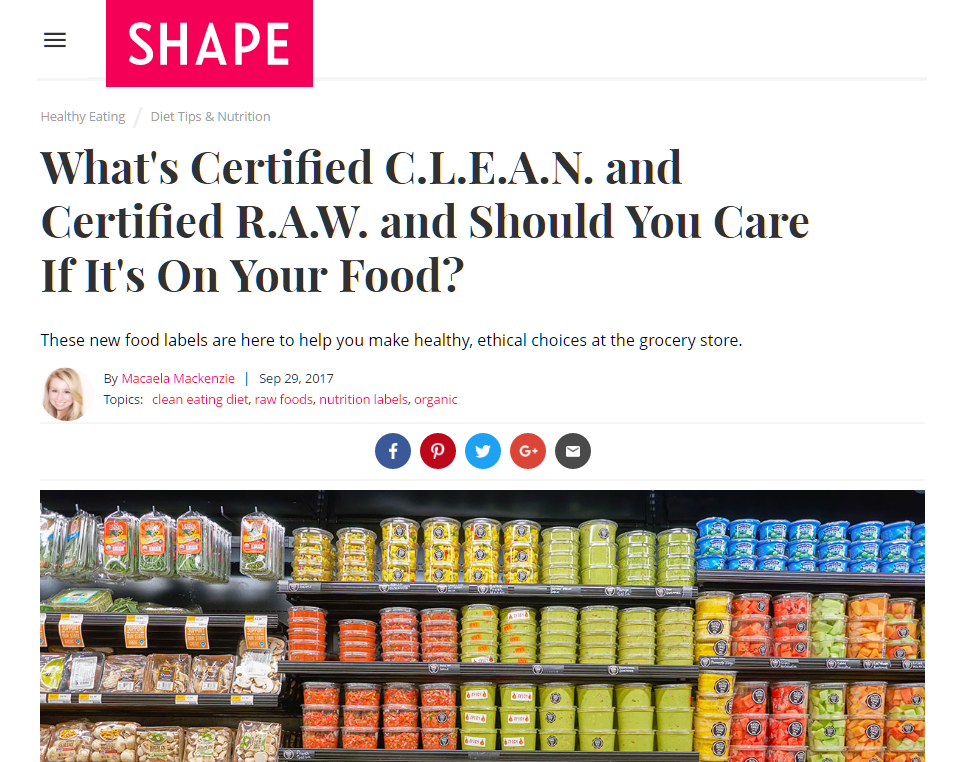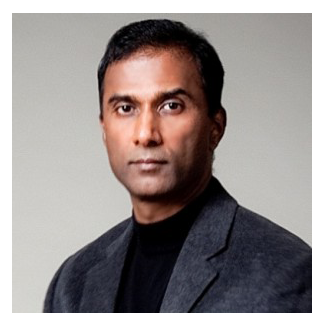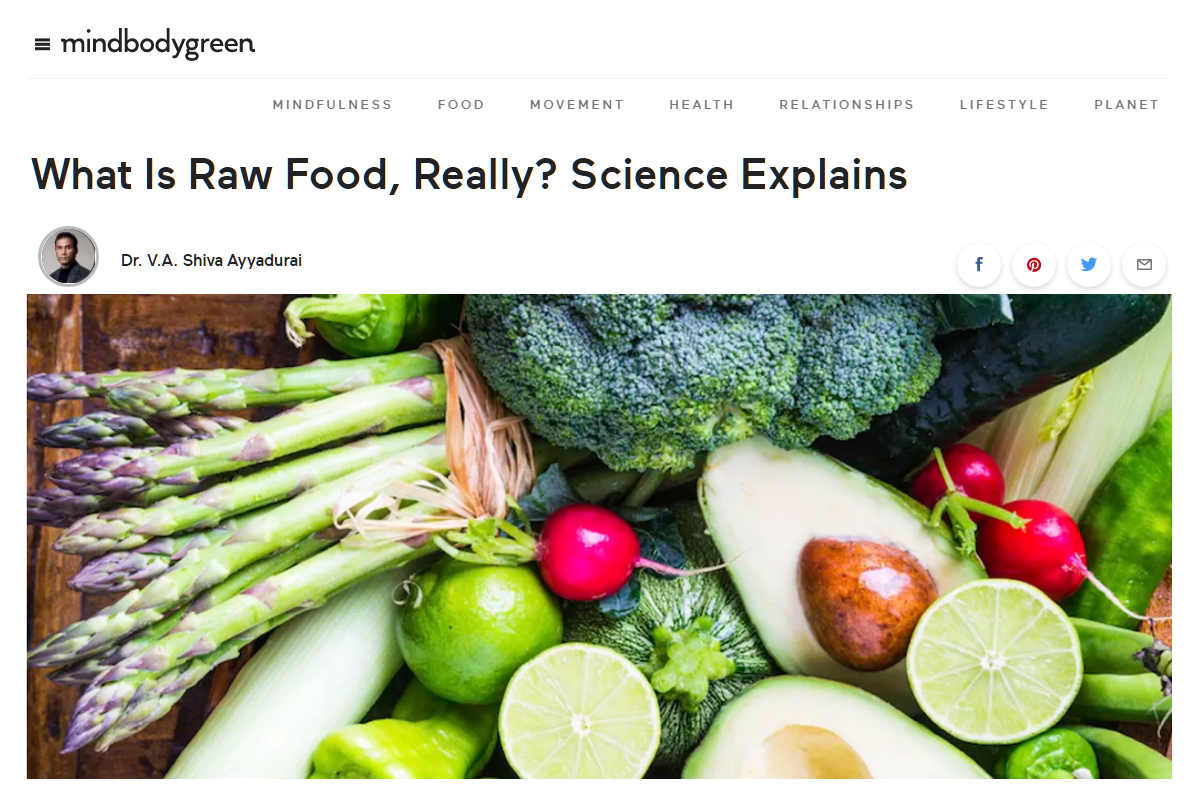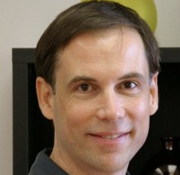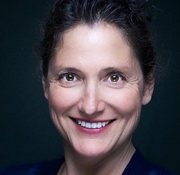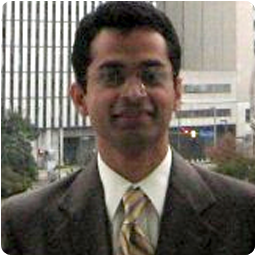
Consensus-Based Standards for Certified C.L.E.A.N.® and Certified R.A.W.®
Send Us a Message
Or Call us: 1 617 500 8345
C.L.E.A.N. & R.A.W. Certifications are holistic systems certifications for packaged food products and supplements, which integrate multiple aspects of the production process from ingredient selection to manufacturing to delivery ‐ the entire supply chain.
They embrace and include the requirements and principles of GMP, HACCP, FSMA, HARPC, USDA Organic, Non-GMO and more, and are applicable to a wide range of packaged food products and supplements, including snack bars, health drinks, fermented beverages, ready-to-eat foods, juices, oils, functional foods and nutritional supplements.
Investment Estimate
Public Hearing 2025
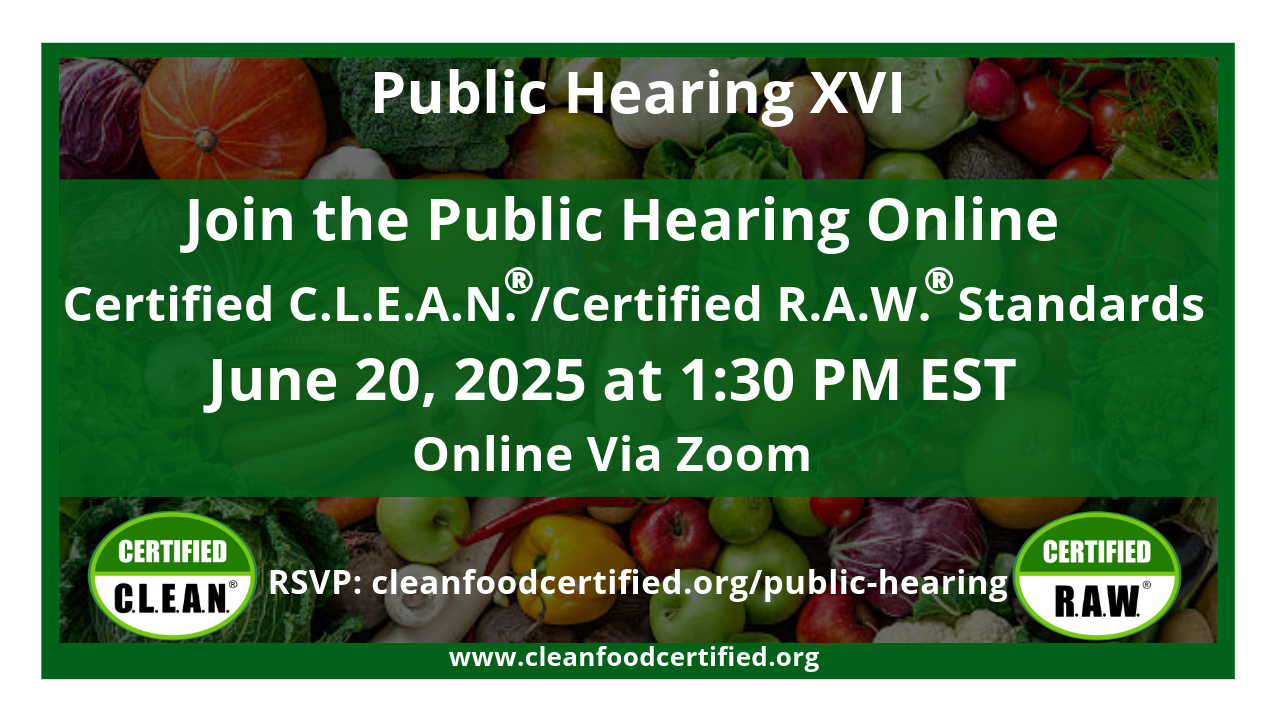
We are holding a Public Hearing for Certified C.L.E.A.N./Certified R.A.W. Standards for the year 2025.
• Public Hearing XVI will be held on June 20, 2025, at 1:30 pm EST (10:30 am PST)
Our last Standards Committee Meeting was conducted on November 22, 2024, where changes to the Standards were approved that we will review during the public hearing.
The current version of the Certified C.L.E.A.N. Standard is at: https://cleanfoodcertified.org/wp-content/uploads/2022/10/ICIS-Food-Certification-C.L.E.A.N.-1.8-02.2022.pdf
The current version of the Certified R.A.W Standard is at: https://cleanfoodcertified.org/wp-content/uploads/2022/10/ICIS-Food-Certification-R.A.W.-1.8-02.2022.pdf
The Certified C.L.E.A.N./Certified R.A.W. Standards have been developed by you and the community of stakeholders to support the raw and clean food movement. Your participation in this public hearing is important to keep this process open, transparent and communal.
Use this link to join the meeting on Friday, June 20, 2025: https://us06web.zoom.us/meeting/register/tZIuc-upqzspHd2lQ4rdMcVdeacX9FvAaT9C
The Origin
Starting in the early 1990's, raw food "gurus" emerged, leading what is now known as the Raw Food Movement. These gurus, with perhaps sincerest intentions, created this movement to foster a more healthy approach to eating food in their natural state. Over the past three decades, some aspects of this movement became more cult-like and "religious," moving away from their original intentions to help the consumer, and placing it more on the personality of these gurus themselves. New products, educational seminars, conferences, etc. marked this growing movement. Based on industry reports, today, the raw food movement is nearly a half-billion dollar industry. As this category has grown, retailers such as Whole Foods Market have become concerned on the safety of raw food products, and a growing and urgent need emerged to understand: What IS raw food? Such questions and concerns reveal an underlying inability to know not only what is "raw" food but also what is "good" and "clean" food. These questions resulted in the emergence of two 21st Century standards: Certified R.A.W. and Certified C.L.E.A.N.
A Systems Based Approach
The consortium of industry leaders, with the leadership of Dr. Shiva Ayyadurai, employed a multi-criteria, systems based approach in arriving at the critical elements underlying the Certified R.A.W. and Certified C.L.E.A.N. standards. Three important principles emerged from this systems based analysis. One principle was that the product must be Minimally Processed, second, the ingredients in the product must be Bioavailable, and the third was that it should be Safe.
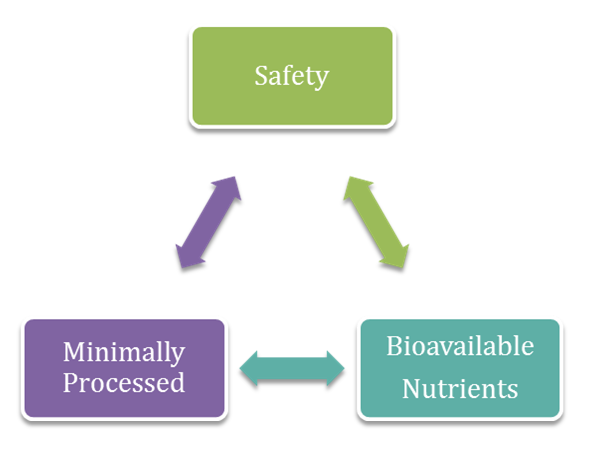
What Is Certified R.A.W.?
For products to be Certified R.A.W.:
- They must be "Real." The Real element was captured by the criteria that the product must be 100% safe (for a score of 0 or 25) and must have all non-GMO ingredients (for a score of 0 or 25), for a total score of 0 or 25 or 50.
- They must be "Alive." The notion of Alive was denoted by the level of bioavailability of the combination of ingredients in the product, determined using a bioinformatics approach currently enabled through the CytoSolve® technology. Score for this aspect can range from 0 to 20.
- They must be "Whole." The element of Whole was captured by two criteria:
- The level of organic ingredients that can get a score from 0 to 20, and
- the ANDI nutrient score of the combination of ingredients normalized between 0 and 10.
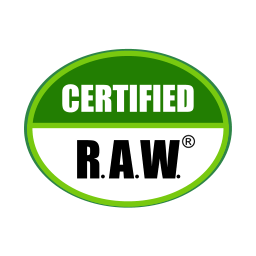
 Download a current copy of the Certified R.A.W. Standard (v1.3) [PDF]
Download a current copy of the Certified R.A.W. Standard (v1.3) [PDF]
What Is Certified C.L.E.A.N.?
For products to be Certified C.L.E.A.N.:
- They must be "Conscious." The Conscious element was captured by the criteria that the product must be 100% safe (for a score of 0 or 25.)
- They must be "Live," which means a majority of the ingredients must be organic, to fetch a score between 0 and 20.
- They must be "Ethical" in the sense that the ingredients must be 100% non-GMO (for a score of 0 or 25.)
- They must be "Active." The notion of Active was denoted by the level of bioavailability of the combination of ingredients in the product, determined using a bioinformatics approach currently enabled through the CytoSolve® technology. Score for this aspect can range from 0 to 20.
- They must be "Nourishing," as determined by ANDI nutrient score of the combination of ingredients, normalized between 0 and 10.
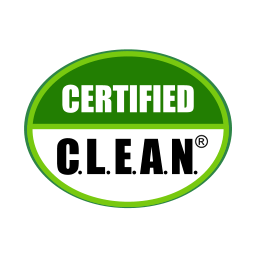
 Download a current copy of the Certified C.L.E.A.N. Standard (v1.3) [PDF]
Download a current copy of the Certified C.L.E.A.N. Standard (v1.3) [PDF]
Merging Science And Tradition
Certified C.L.E.A.N. and Certified R.A.W. standards, philosophically, appear to reflect the nature of food and preparation found in many indigenous traditional cultures. These cultures, after many millennia of trial and error, indigenous and traditional cultures had a profound sense of what was good food. They knew how to combine food, when to eat food, and how to process food so our bodies received the optimal nutrition.
These cultures recognized that food had multiple purposes:
- To deliver the nutrition for the individual’s particular constitution
- To be pleasurable to eat and give joy, and
- To build a sense of community as gathering, processing and eating food was a communal activity.
This is what food was about.
People in indigenous and traditional cultures did not have to worry about GMOs, since everything was organic and bio-dynamic. They didn’t have to worry about not eating too much fat, or salt, because they were in touch with their bodies and connected to the earth.
Their food was, by its very nature, real, alive and whole. By real, it meant that the food was prepared in a safe manner and was not engineered or filled with pesticides. By alive, it meant the food had good enzymes to support digestion. By whole, it meant the food was minimally processed and was nutrient-dense.
Another way they thought about their food was that it needed to be: conscious, live, ethical, bio-active, and nutritious. By conscious, they paid attention to the entire process of gathering, producing and digesting food. By live, they focused on processing methods that did not "kill" the food, by using excessive temperatures. By ethical, they expressed a deep reverence for nature, and the process of using the resources in their environment. By bio-active, they were deeply concerned with ensuring that the food was "active" with the gut and our own internal bacteria. Nutrition meant that they chose high quality nutrient dense ingredients.
The truth is indigenous and traditional cultures knew what was good and clean food.
Steps To Certification
The Certification process involves 3 steps
-
 You give us information on your products, ingredients, processing steps, and supporting documentation
You give us information on your products, ingredients, processing steps, and supporting documentation -
 We perform 3 key analyses
We perform 3 key analyses
![]() Calculate scores for bioavailability of ingredients in your products
Calculate scores for bioavailability of ingredients in your products
![]() Validate documentation for Safety and Minimally Processed Criteria
Validate documentation for Safety and Minimally Processed Criteria
Documentation for Safety Criteria
- HACCP Plan/Audit Report/GMP Report
- Registration of the food processing facility with the Food and Drug Administration (FDA)
- Certificate of Analysis for each of the products
- Post-Packaging Product Shelf-Life testing report (OR) Expected Shelf Life of each product as an affidavit in your letterhead.
Documentation for Minimally Processed Criteria
- Organic Certification
- Non-GMO Certification
- Confirmation on whether any of the ingredients were flash-pasteurized to over 212° F.
![]() Calculate ANDI and Organic Score
Calculate ANDI and Organic Score
-
 Aggregate scores and confirm eligibility of your products for Certification if they score 80 or more
Aggregate scores and confirm eligibility of your products for Certification if they score 80 or more
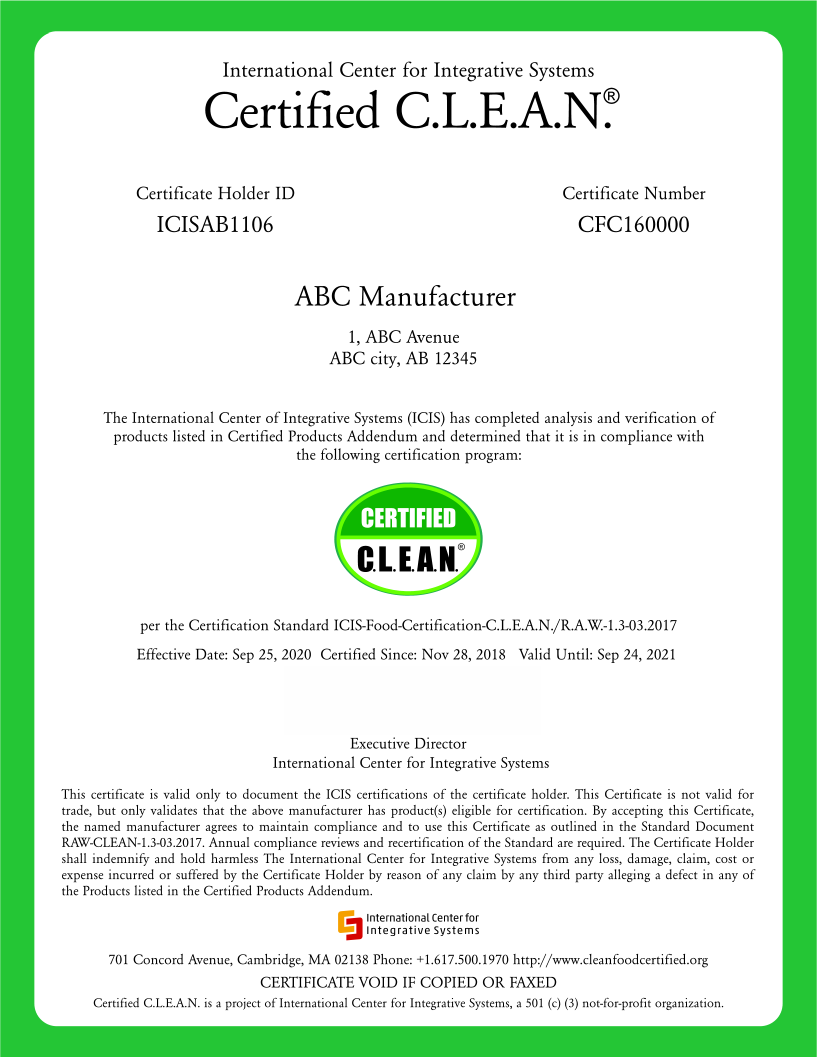

Standards Committee
Dr. V.A. Shiva Ayyadurai - Chairman
Shari Leidich - Member
Geoff Palmer - Member
Vickie Marshall - Member
Jolanta Ciosmak - Member
Scientific Advisory Board
Dr. Prabhakar Deonikar - Chairman
Mag. DDr. Manfred Lamprecht - Advisor
Dr. Kris See - Advisor
Dr. Haydee Hamptom - Advisor
- Investment Estimate
- The Standards
- Standards Committee
- Featured Video
A new study published in the peer-reviewed journal AGRICULTURAL SCIENCES applies modern computational systems biology methods to reveal genetically engineered soy creates significant disruption to the levels of formaldehyde, a known carcinogen, and glutathione, an important anti-oxidant necessary for cellular detoxification. Ayyadurai, co-author, shares, “This is not a pro- or anti-GMO question. But, are we following the scientific method to ensure the safety of our food supply? Right now, the answer is no.”- Read More
Get Certified
If you are a food manufacturer, please submit the form below. We will get in touch with you to help you understand what you need to do if want your food to be Certified R.A.W or Certified C.L.E.A.N.



